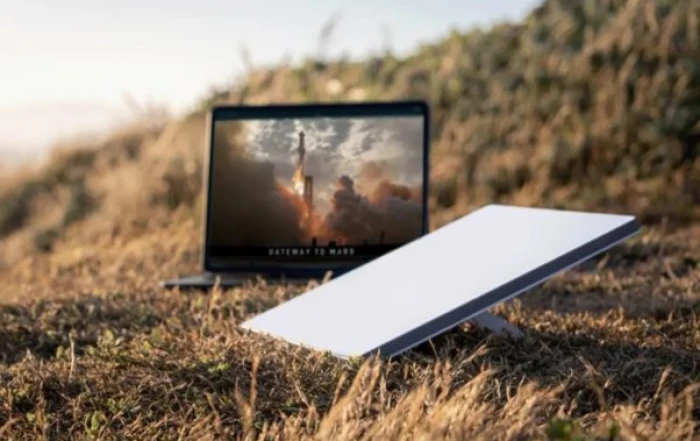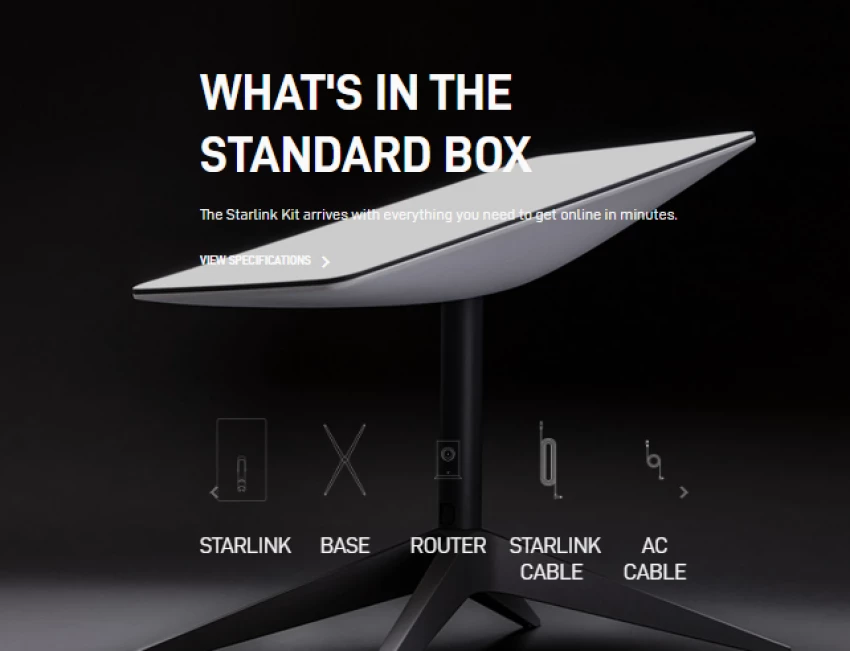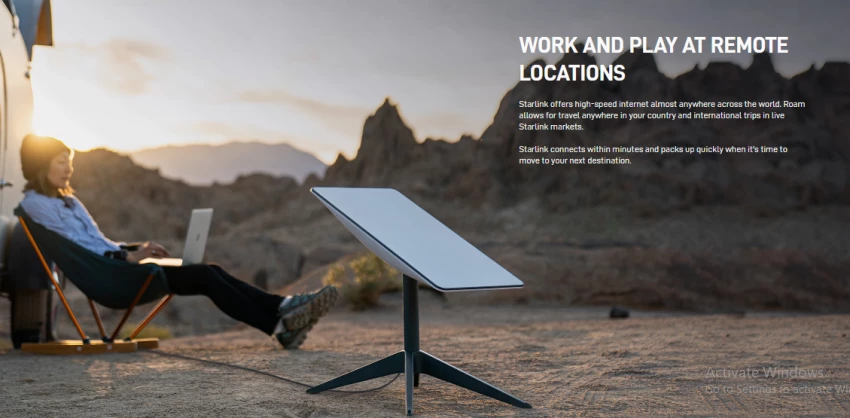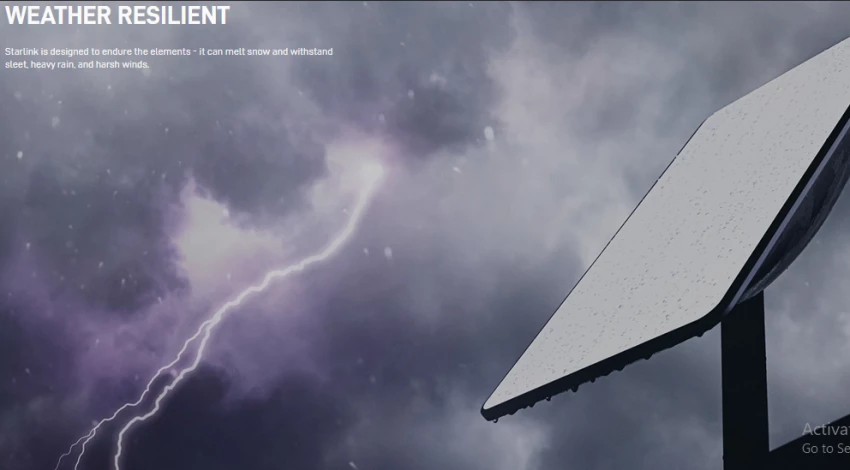

When SpaceX announced the Starlink Mini, I thought, “Finally — satellite internet that doesn’t need a roof mount or a power station the size of a microwave.” Now that I’ve tested it, I can confirm: this little dish is not just a scaled-down Starlink. It’s a new category of portable internet.
In this review, I’ll break down how it works, what it costs, where it shines, and the few areas where it still needs work. I’ll also share speed tests, power usage data, and my verdict after using it on the road.
The Starlink Mini is SpaceX’s ultra-portable satellite internet terminal, launched in mid-2024. Unlike the full-sized Starlink dishes (Standard and High-Performance), this unit is small enough to fit in a backpack.

Unlike traditional Starlink, the Mini is optimized for mobility. It’s designed for camping, road trips, boating, field work, and emergency communications.
The biggest difference is size and portability. A standard Starlink dish requires more space, a heavier stand, and more power (50–100W). The Mini is half the weight, uses half the power, and doesn’t require a bulky cable setup.
It also supports Starlink’s “Mini Roam” plan, which lets you take it almost anywhere in your country for an extra monthly fee. You can pause and resume service — perfect for seasonal or occasional use.
One of my biggest concerns was whether it would be a pain to set up in the field.
Here’s how my first setup went:
Compared to my older Starlink Standard kit (which took about 10 minutes to boot and align), the Mini was shockingly fast.

I ran speed tests over three days in different locations: a rural cabin, a roadside rest area, and a mountain trailhead.
Average results:
| Location | Download | Upload | Latency | Weather |
|---|---|---|---|---|
| Rural cabin | 165 Mbps | 18 Mbps | 32 ms | Clear |
| Roadside (midday) | 142 Mbps | 15 Mbps | 40 ms | Cloudy |
| Mountain trailhead | 98 Mbps | 11 Mbps | 45 ms | Light rain |
Even under clouds and light rain, speeds stayed above 80 Mbps — more than enough for HD streaming, Zoom calls, and cloud uploads.
For off-grid users, power efficiency is everything.
In real terms, a 300Wh battery can run it for about 7–8 hours of continuous use. If you combine it with a 100W solar panel, you could keep it running indefinitely in sunny conditions.
Compared to the full-size dish (which can drain 100W easily), the Mini is much more battery-friendly.
As of August 2025, here’s what you’re looking at for pricing (U.S.):
Yes, it’s pricier than mobile hotspot plans, but those can’t touch Starlink’s rural and remote coverage.

The Starlink Mini is a powerful tool, but like all wireless tech, it comes with a few side effects and environmental considerations.
| Feature | Starlink Mini | 5G Hotspot | Standard Starlink |
|---|---|---|---|
| Works anywhere w/sky? | yes | no | yes |
| Power draw | Low | Low | High |
| Speed potential | High | High | High |
| Setup time | <2 min | <1 min | ~10 min |
| Monthly cost | Medium-High | Low-Med | Medium |
If you already live in an area with strong 5G, the Mini might not be necessary. But if you want guaranteed connectivity where there’s no cell signal, this is the only game in town.
The Starlink Mini is the first truly portable satellite internet setup that feels plug-and-play. It’s not for everyone - if you have stable home internet and never leave cell coverage, you don’t need it. But for travelers, adventurers, and anyone who works in remote areas, it’s a game-changer.
I see it becoming standard gear for RVers, storm chasers, and field journalists within the next year.
Be the first to post comment!